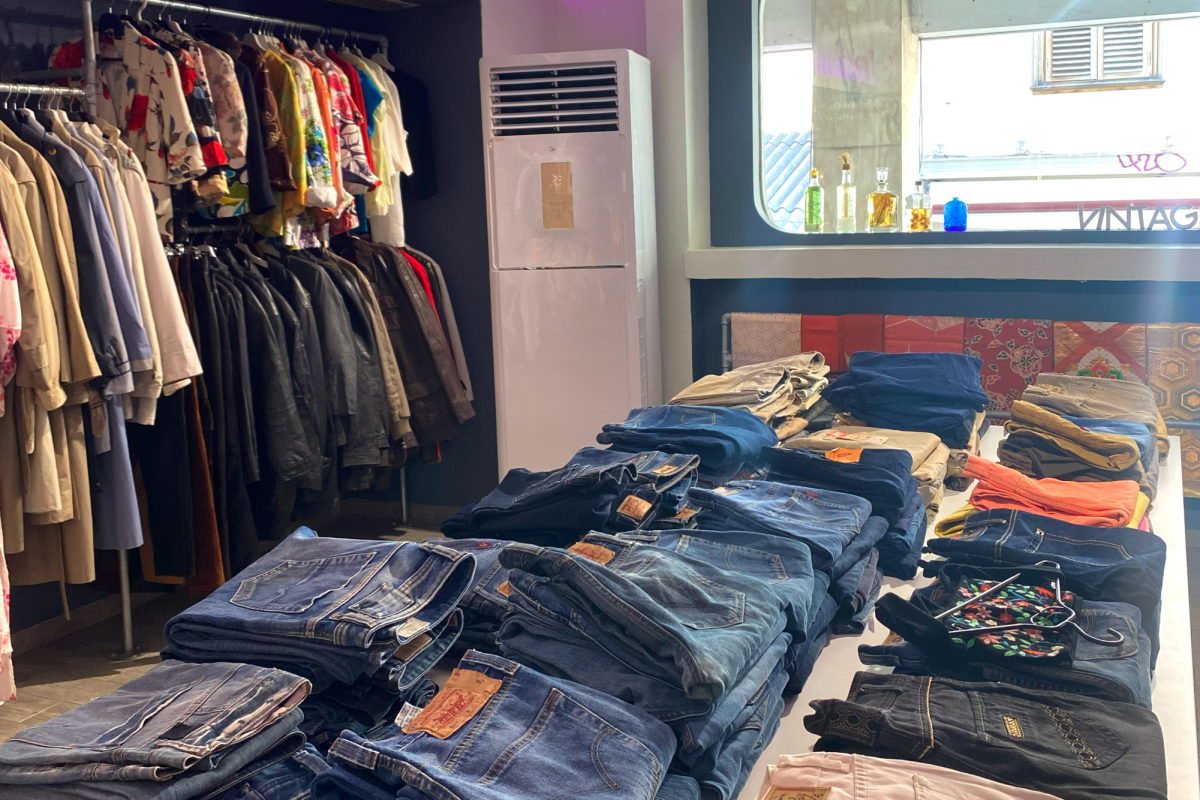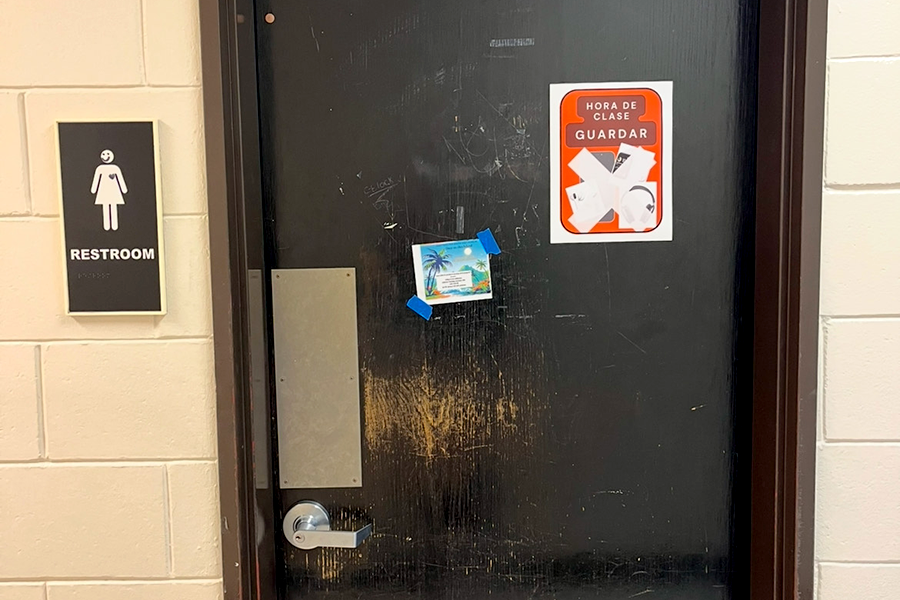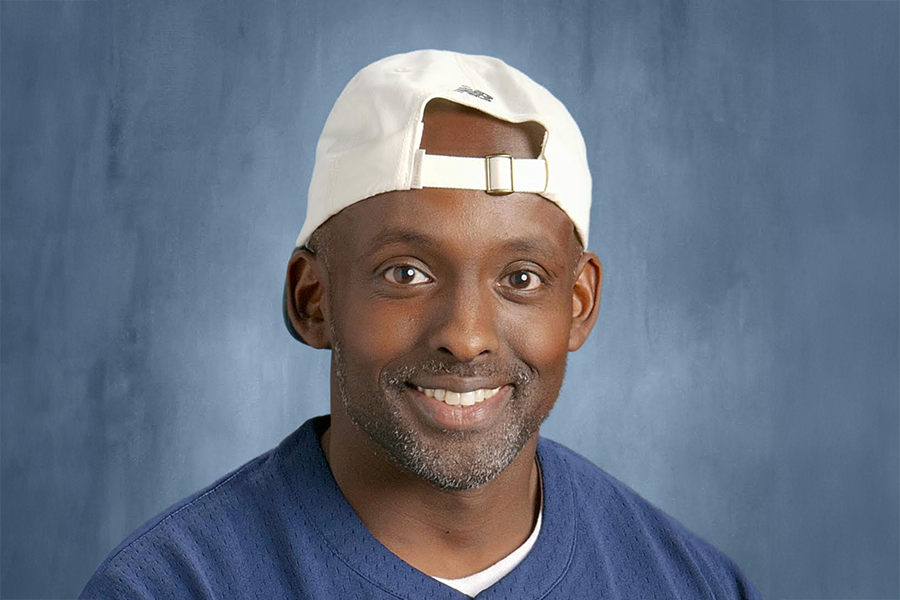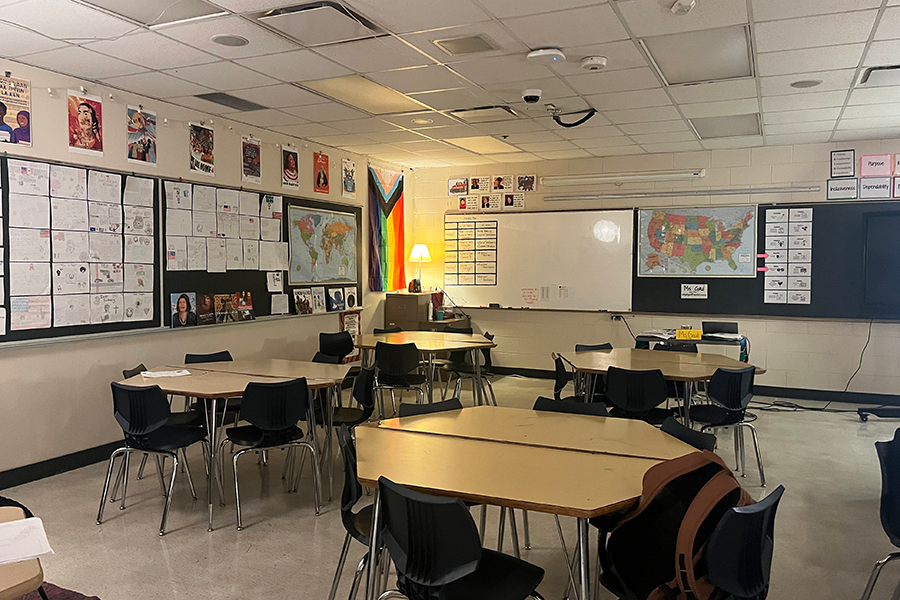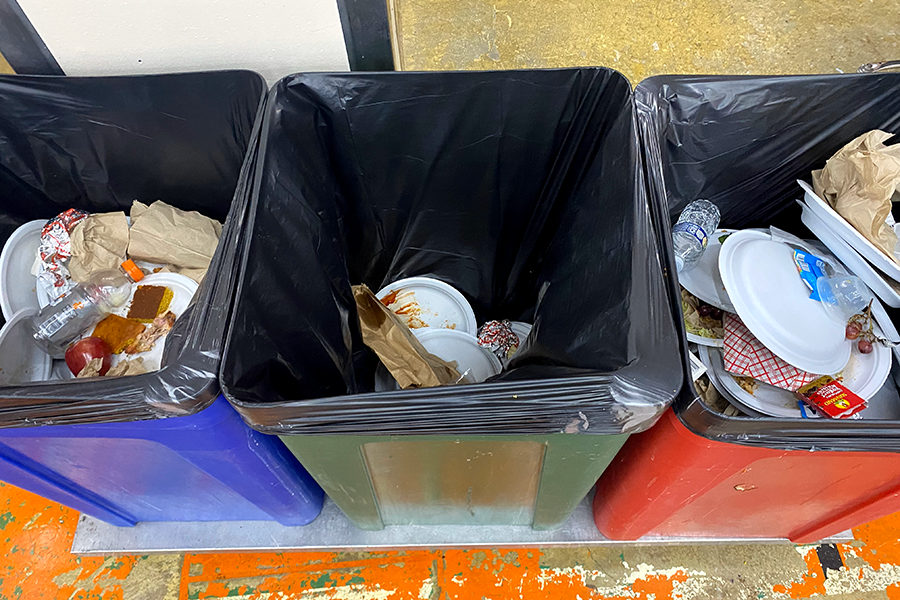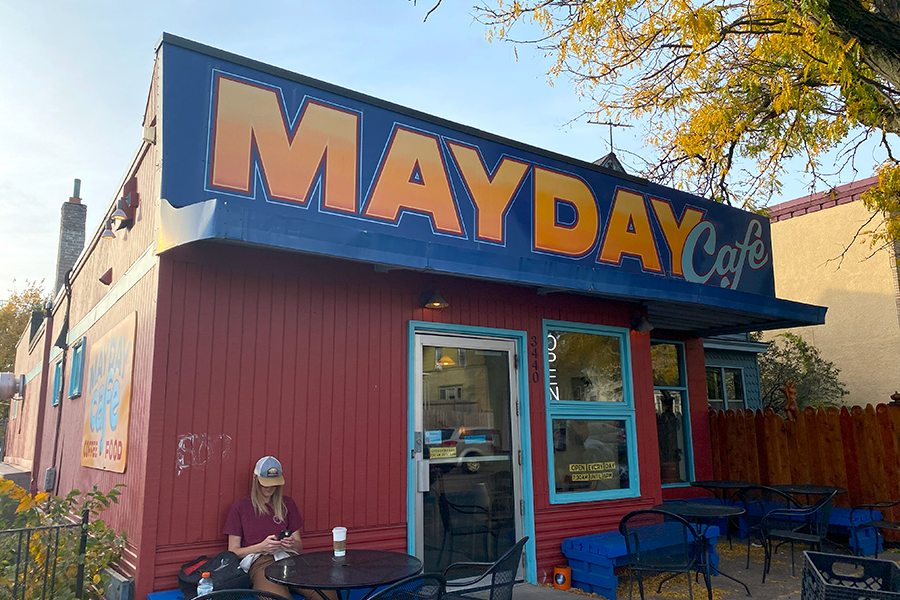As high school students, the topic of sex is frequently in our daily lives. It may be a conversation with friends, or something to stress over. Does he really love me? Did the condom work? According to the 2006-2008 National Survey of Family Growth, 46% of males and 33% of females who consider themselves sexually experienced did not receive formal instruction about contraception before the first time they had sexual intercourse.
South has taken on the task of sex education through health classes offered both in school and online. “For teens, at least when they’re dating, they’re not talking about the consequences of having sex,” said South health teacher Leonard Sedlock. Sedlock says that having sex ed in schools is important. It is about repetition and drilling the ideas into students heads, so that when they are ready to have sex, they know all the facts.
Some may think that school is not the proper place to learn about sex. Sedlock disagreed with this by saying, “students just aren’t getting it at home anymore.” Without the right facts, kids use the “trial and error” method. Sedlock said that there are too many consequences to trial-and-error that kids might not understand.
A comprehensive sexuality education program called Our Whole Lives (OWL) through the Unitarian Universalist church sees a value in sex education. At First Universalist Church in Minneapolis, OWL is taught to the eighth grade class as a year long course every Sunday. Former OWL instructor Emme Corbeil said they keep the class strictly for eighth graders because, “It’s pretty graphic and pretty explicit. They talk about all aspects of sexuality.”
“What I love about the OWL program,” said Corbeil, “is it’s not just about putting on a condom the proper way, or when is the right time to have intercourse or not. Really it is an abstinence-based program.” The program holds similar values to that of the district’s health curriculum.
“We encourage abstinence more than anything,” says Sedlock, “and if they are going to have sex, do it in a safe way.” Sedlock also adds that, “we spend a lot of time talking about the difference between sex and love.”
The idea of the OWL curriculum is that it is safer for eighth graders to delay any form of intercourse until they are truly ready.
“The basis of it is that it wants to teach them safe sex, and the values and the ethics involved in an intimate relationship before you’re in one,” said Corbeil. This is an important idea that the OWL program brings up.
Corbeil emphasised that a lot of information is lost when sex ed is not taught early or thoroughly enough.
“You don’t want to teach sex ed to a 17 year old or a 19 year old when they’ve probably had sex or engaged in sexual activity,” explained Corbeil, ” you want to teach it before they’re at that stage so that when they’re ready they know they should wear a condom and they know the eight steps to look at to make sure the condom is safe, and they know how to put it on properly. They know how you can catch an STD and which ones will be there forever and which ones can be treated.”
Sophomore Nations Stephenson participated in the OWL program two years ago because his parents wanted to make sure he was well informed about sex. He said the program tended to get “really repetitive,” but added, “some days when we
talked about stuff they hadn’t taught in middle school it was interesting.”
Sex ed once a week for an entire school year can feel like an overwhelming amount. However since it is such a vast topic, the material to cover is neverending. Stephenson said the program encourages, “safe sex basically, and to know whether your partner had an STD. It also focused on accepting people who had different sexual orientations.” Corbeil supported this by saying, “It’s beautifully inclusive.”
“Parents need to be involved (in sex ed),” said Sedlock. He explained that kids aren’t getting the right facts all of the time. Sedlock said that home would be the most ideal place for sex ed to take place, but, “This [school] is probably the best way for now.”
Since OWL is such a detailed program, parent involvement is necessary. For their child to be in the program, parents have to go through a two-hour orientation and go through some of the things covered in the program, including a slide show. When OWL was started, the slide show consisted of photographs of people in various sexual positions including men together, women together and multiple people having sex together.
“Back in the day when the OWL program was developed, those slides were pretty shocking for kids to see,” said Corbeil. Those photos were taken to an artist and made into “beautiful pencil drawings.”
“One of the years I taught OWL” said Corbeil, “there was a woman who said ‘I don’t want my kid seeing this, this makes me really uncomfortable as a parent’ and I think it was the slides of [same sex oral sex]. That was really shocking to her and she said ‘I know my kid’s not ready to see this’ even though she was an eighth grader.” Corbeil added that the child did not participate in the program and she believes the family left the church because of it.
“It really deals with sexuality through the life span. It’s not just about young kids having sex, it’s about long term relationships and the commitment you make in a loving sexual relationship”, said Corbeil.
“By the time kids are ready to have sex, hopefully they have taken OWL,” she added.
For some kids, talking to adults about sex ed can be uncomfortable. However, people like Senior Korrina Griffith are willing to help. Griffith is a Peer Sexual Health Educator and is available to her fellow students to answer questions regarding sex and pass out safe sex supplies.
Griffith got involved in the sex ed world last year when a representative from Family Tree Clinic came to talk to South’s Gay Straight Alliance and gave a “queer sex ed” presentation. Griffith said the presenter was, “having so much fun with it and she wasn’t scared to talk about it. I didn’t want to be scared to talk about such a natural thing that occurs in life.”
After hearing this presentation, Griffith got involved in a summer program called Keep It Safe and Sexy (KISS). She went to classes 6 hours twice a week to learn everything there is to know about sex ed.
Griffith explained how peer educating works, “you can wait for people to ask you, you can go out and look for people to educate, if you overhear someone in a conversation maybe say a wrong fact you be like ‘hey this is actually right.’”
Griffith gets questions as basic as ‘can I have a condom’ to more serious sex oriented questions. “A lot of questions are ‘am I normal?’” said Griffith. Griffith has taken more from her peer education than just a bag of condoms and a head full of facts. “Being a sexual health educator has given me a lot more confidence in life,” said Griffith.
Sedlock sums up the ideas behind educating school-aged children about sex by saying, “the bottom line is we want our students to be healthy and safe.”

